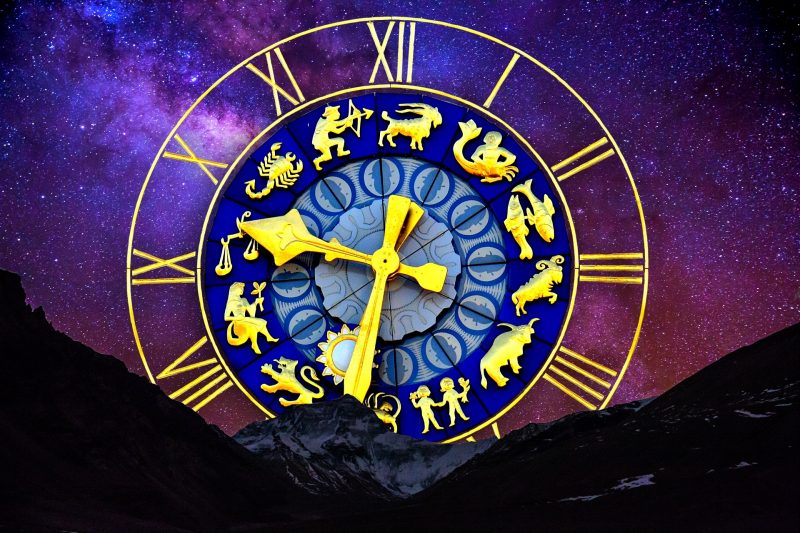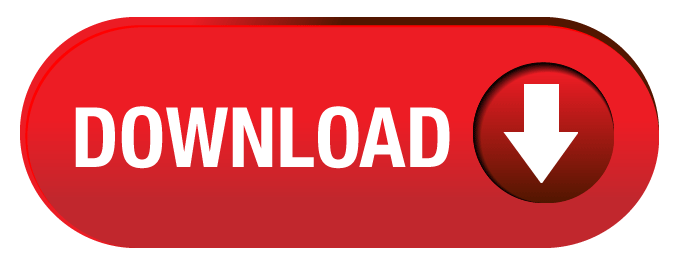Learn all about astrology at astrologybay.com. Find out how to use this powerful and fun medium to understand ourselves, others, and the world around us. Astrology reports, relationship astrology, daily weekly and monthly horoscopes, compatibility, free charts, synastry, celebrity astrology, and love signs.
Meet Your Zodiac Sign
No One is Quite Like You!

The configuration of the Sun, Moon, and planets at the moment of your birth is as unique as your fingerprint. This configuration is drawn on a chart (“natal chart” or “birth chart”), which is a true horoscope. Your horoscope is your astrological fingerprint. No one else has the same one.
Consider the following statements:
- A natal chart is like a snapshot of the heavens from the viewpoint of earth at the exact time, day, year, and place you were born. It is your horoscope. It includes the positions of the Sun, Moon, and planets, as well as other important points and angles.
- All of that, joined together, tells a whole lot of information about your character, personality, style, needs, tendencies, drives, strengths, and weaknesses.
- Your horoscope is unique! You do not share it with every other person born with your Sun sign!
- You are not a stereotype of one of the 12 zodiac signs; you are a blend of all the factors at play at the moment that you took your first breath as a conscious being.
- Perhaps you only know your Sun sign, meaning the sign that the Sun was in at the moment you were born. But, the Moon in your natal chart may be in a different sign, coloring you with a different shade. And the planets may be in other signs. You are a complex and unique combination, unlike anyone else. Any attempt to give an accurate description from only a Sun sign is simply wrong, or at least incomplete.
You must have encountered people of the same Sun sign who behave very differently. Now you know why. To learn more about astrology, see 'What is Real Astrology?'
Astrology Library offers a free birth report, free eBooks, lessons, birth chart interpretations, synastry interpretations, the free synastry report, astrology printables and more.
Human beings have been measuring the stars and planets since the dawn of civilization. But astrology has evolved over eons. Here’s a breakdown of astrology through the ages.
In past eras, astrology was more deterministic. People hunted, planted and migrated with the stars. Living in rhythm with nature’s cycles helped civilizations survive .
For many centuries, astrology and astronomy were one and the same. Because human beings were at the mercy of nature, they viewed the heavens with fear, awe and even superstition. Weather was the work of nature’s gods. After all, a flood could wipe out the food supply just as easily as the right amount of rainfall could guarantee a bountiful harvest. By tracking the stars, they were able to plan and predict certain patterns.
Modern astrology, like humanity, has evolved. Over the centuries, we’ve developed expanded consciousness. Mathematical, scientific and technological advances have given us more control over our lives in the physical universe. As a result, astrology has become more of a tool for living. We no longer take a fear-based approach to it (well, we shouldn’t, anyway!). Astrology’s best use is as a method for planning, gaining more self-awareness and understanding relationships.
We love what astrologer Kevin Burk says in Astrology: Understanding the Birth Chart:

“Astrology is the study of cycles. By observing the cyclical movements of the planets, we are able to gain a greater understanding of the cycles and patterns in our own lives. Astrology can be a powerful tool for healing and transformation, and it can be a key that can unlock a greater spiritual connection to the universe. Although astrology is not fortune-telling, when skillfully applied, astrology can be an extremely effective predictive tool. On a personal level, astrology…can give us insight into our personal issues, our patterns, our fears, and our dreams…Astrology is a tool that can help us understand and unlock our highest potentials, and that can teach us how to live in harmony with the universe.”
Here’s a rough timeline of this ancient practice, which has existed for nearly as long as humanity.
30,000-10,000 B.C.
The roots of astrology begin with earliest civilization. Maps of the stars existed long before maps of the earth. Archaeologists have found cave paintings, mammoth tusks, and bones marked with lunar phases. Man has long coped with uncertainty and the change brought on by nature’s cycles by tracking the stars—the seven visible planets were our first GPS.
6,000 B.C.
The Sumerians in Mesopotamia note the movements of the planets and stars.

2,400-331 B.C.
The Babylonians (also known as the Chaldeans) continue what the Sumerians started, inventing the first astrological system over thousands of years. They created the zodiac wheel that we use today (with planets and houses) around 700 B.C. The oldest known horoscope chart is believed to date to 409 B.C.

331 B.C.-5th Century A.D.
Alexander the Great conquers Babylon/Chaldea and the Greeks eventually start making advances in astrology, along with developments in medicine, geometry, mathematics, and philosophy. The modern names for planets and zodiac signs come from Greek literature. In 140 A.D., Ptolemy publishes Tetrabiblos, one of the most revered astrology works ever written. Tetrabiblos contains core techniques of astrology used to this day, including planets, zodiac signs, houses, and aspects (or angles).
5th Century A.D.
The Roman Empire falls. Western astrology disappears for 500 years and the Arabs continue studying and developing Greek astrology.

Middle Ages
Astrology flourishes and is an intrinsic part of culture, practiced by doctors, astronomers, and mathematicians. Advances in mathematics help astrologers develop more accurate and sophisticated charts than ever. Many esteemed European universities at this time, including Cambridge (1225-50), had astrology chairs, and royals had court astrologers. Many popes were pro-astrology. The monk and mathematics professor Placidus (1603-68) created the house division system used by astrologers today. When Copernicus advanced the theory that the Earth travels around the Sun, he dedicated his main work to the astrologer Pope Paul III. Belief in astrology began to decline as the church gained power, and it was seen as heresy and superstition during the Inquisition. Galileo himself was found guilty of heresy and had to renounce his astrological beliefs to save his life!
Facts About Astrology
17th-18th Century: “The Age of Reason”
The Protestant reform movement, started in the mid-1500s, abetted astrology’s decline. Later, rationalism become the popular consensus during the Age of Enlightenment (1650-1780) in Western European cafes and salons, emphasizing reason, analysis, and individualism—a reaction to excessive superstition, authority, and control from institutions such as the Catholic church. Skepticism and science were seen as a way to reform society, and to bring back temperance and balance. Astrology was viewed as mere entertainment and not a valid science, and most astrologers worked under pseudonyms.
19th Century
Renewed interest in spirituality and mysticism in England invigorate astrology again in Europe. Psychologist Carl Jung (1875-1961) pioneers the use of astrology in analysis, and other developments in the field are made.
20th-21st Century
Information About Astrology
In 1920s, newspapers and magazines begin publishing the Sun-sign-based horoscopes that we still read today. Since they give only 12 predictions for the entire world’s population, they are seen more as entertainment. Later in the century, computers make it fast and easy to cast charts, replacing the need to do laborious charts by hand (though some stricter astrologers still prefer to do them that way).
